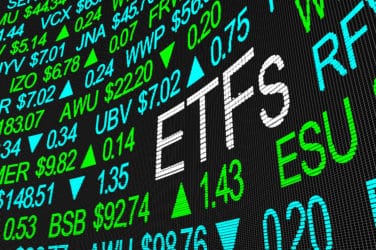If forced to choose what it would rather spend its money on, between technology and traders, the buy-side has chosen technology.
It has been a trend seen over the last several years, especially on the sell-side, opting to funnel money through to IT departments and into technologies designed make their systems faster and more buy-side- centric. But now the buy-side is taking its spending cues from the sell-side, it seems.
According to market consultancy Greenwich Associates, technology spending is crowding out trader pay on institutional trading desks. Overall, buy-side trading desk budgets are expected to hold relatively flat in 2018 at $17.3 billion industry-wide. However, a new report from the consultancy shows that within those budgets, institutional investors are shifting their spending from trader pay to technology.
As recently as 2015, the consultancy noted institutions were spending an average of almost 70% of overall trading desk budgets on trader compensation, with the remaining approximately 30% going to technology. By 2018 that allocation has shifted – now to 60% compensation and 40% technology.
“Although part of this year’s shift can be attributed to the effects of new MiFID II rules on research and pre-trade transparency, the more general increase in technology spending at the expense of trader compensation represents a secular trend,” said Kevin McPartland, Head of Greenwich Associates Market Structure and Technology Research, and co-author of the new report, “Investor Spending Reaches Equilibrium—For Now.”
While the equities market has seen this shift of spend, it has become more pronounced recently in the fixed income sector, McPartland told Traders Magazine. Initially, much of this increased spending went to gaining access to fixed-income e-trading venues. But more recently, a bigger share of this spend is being used on data and the analytics to put that data to work. Institutional investors, he said, view these investments as well worth the cost.
“Until very recently, most asset managers viewed their trading desks as a cost center,” said Brad Tingley, Institutional Analyst at Greenwich and co-author of the report. “Today, they are seen as profit centers, due to their ability to create an advantage over competitors with better execution.”
The growing emphasis on data is evident across asset classes, Greenwich noted. Market data terminals and order management systems (OMS) account for approximately half of technology spending on institutional trading desks. However, these allocations to “hardware” have decreased slightly as a share of the overall technology spend, as institutions place an increasing value on data.
Just look at the recent spate of press releases from any of the major services and one can see the multitude of data-related services and products. Even the stock exchange operators, such as NYSE and Nasdaq, have now made data one of their core businesses, right alongside of trading.
Transaction cost analytics (TCA) and risk management, which encompass a variety of tools including quantitative models, portfolio construction, counterparty risk calculations, and others, are the only areas showing an uptick in spending, the consultancy reported.
“This trend could intensify going forward now that MiFID II is live in Europe and U.S. investors are preparing for the SEC’s proposed order transparency rule,” the report concluded.






